MORPHOLOGY
Uteri Party Bots
 From left to right they are:
Monotremata, Uteri Party Bots, 48 x 53 x 20 cm, custom electronics, LEDs and sensors cast in silicon rubber, 2022
Marsupia, Uteri Party Bots, 48 x 28 x 23 cm, custom electronics, LEDs and sensors cast in silicon rubber, 2022
Ungulat, Uteri Party Bots, 48 x 49 x 19 cm, custom electronics, LEDs and sensors cast in silicon rubber, 2022
The Uteri Party Bots are a posse of interactive autonomous beings built to party. The threesome is friendly, interactive, and respond to humans movements and voices. Audiences engage with robotic uteri through touch, light, sound and movement. They are made of custom electronics and LEDs built into and sensors cast in silicon rubber bodies. The sculptures were shown at Monte Vista Projects in LA in September 2022.
What if a uterus wore a skirt? And went dancing? Or was shaped like an ancient Greek vase?
In a series of works called Morphology, I utilize traditional and non-traditional artistic mediums, to create imagined, empathetic, interactive robotic uteri sculptures that present enjoyable and relatable genderless experiences in ungendered worlds. Disembodied autonomous uteri are presented in current cultural contexts such partying. The works present human constructed binaries by tying together binaries appearing in medical illustration, gender, technology, electricity, movement, and interactivity.
This project originally arose out of an interest in how the medical community visually depicts gender and sexuality, both now and throughout history. It began in 2002 when I walked into the Columbia University medical library in New York City with the question, "how does the medical community visually depict genders and sexualities?" The works observe the ways that the female reproductive system is depicted unscientifically and relegated to the realms of beauty, nature and culture rather than science.
My artworks serve to demonstrate the ways humans ascribe attributes and categorizations to non-gendered, non-human entities to bring users into a comfortable experience of genderlessness. The robotic uteri in the Morphology series are presented in a robotic form because of the human tendency to personify and place human cultural signifiers on electronic entities like robots. Humans seem to more easily understand and empathize with entities that have familiar categorizations, characteristics or interactions such as responsiveness to talking, gesture and movement. How humans personify, gender, and give life and culture to non-human, non-gendered beings is a reflection on and serves to define humanness. The pairing of gender, beingness and technology in my artwork pairs human binary constructions with the way humans personify non-human technological entities.
Humans makes sense of and gain comfort in the world by ascribing categorizations on humans such as gender binaries, and by ascribing human characteristics on robots. However, the categorizations and binaries upon which both humans and electronic entities are established have always been easily destabilized and questions around what is innate endure. I explore what defines humanness, and what defines it outside of gender as a way to imagine a genderless human experience and a genderless world. I build uteri that are conceived to explore other possibilities without the purpose or onus of reproduction. Freeing up the uterus to explore the world independent of the body opens up the imagination to what ungendered reproductive systems, and by association ungendered people, are capable of outside of reproduction.
Marsupial
From left to right they are:
Monotremata, Uteri Party Bots, 48 x 53 x 20 cm, custom electronics, LEDs and sensors cast in silicon rubber, 2022
Marsupia, Uteri Party Bots, 48 x 28 x 23 cm, custom electronics, LEDs and sensors cast in silicon rubber, 2022
Ungulat, Uteri Party Bots, 48 x 49 x 19 cm, custom electronics, LEDs and sensors cast in silicon rubber, 2022
The Uteri Party Bots are a posse of interactive autonomous beings built to party. The threesome is friendly, interactive, and respond to humans movements and voices. Audiences engage with robotic uteri through touch, light, sound and movement. They are made of custom electronics and LEDs built into and sensors cast in silicon rubber bodies. The sculptures were shown at Monte Vista Projects in LA in September 2022.
What if a uterus wore a skirt? And went dancing? Or was shaped like an ancient Greek vase?
In a series of works called Morphology, I utilize traditional and non-traditional artistic mediums, to create imagined, empathetic, interactive robotic uteri sculptures that present enjoyable and relatable genderless experiences in ungendered worlds. Disembodied autonomous uteri are presented in current cultural contexts such partying. The works present human constructed binaries by tying together binaries appearing in medical illustration, gender, technology, electricity, movement, and interactivity.
This project originally arose out of an interest in how the medical community visually depicts gender and sexuality, both now and throughout history. It began in 2002 when I walked into the Columbia University medical library in New York City with the question, "how does the medical community visually depict genders and sexualities?" The works observe the ways that the female reproductive system is depicted unscientifically and relegated to the realms of beauty, nature and culture rather than science.
My artworks serve to demonstrate the ways humans ascribe attributes and categorizations to non-gendered, non-human entities to bring users into a comfortable experience of genderlessness. The robotic uteri in the Morphology series are presented in a robotic form because of the human tendency to personify and place human cultural signifiers on electronic entities like robots. Humans seem to more easily understand and empathize with entities that have familiar categorizations, characteristics or interactions such as responsiveness to talking, gesture and movement. How humans personify, gender, and give life and culture to non-human, non-gendered beings is a reflection on and serves to define humanness. The pairing of gender, beingness and technology in my artwork pairs human binary constructions with the way humans personify non-human technological entities.
Humans makes sense of and gain comfort in the world by ascribing categorizations on humans such as gender binaries, and by ascribing human characteristics on robots. However, the categorizations and binaries upon which both humans and electronic entities are established have always been easily destabilized and questions around what is innate endure. I explore what defines humanness, and what defines it outside of gender as a way to imagine a genderless human experience and a genderless world. I build uteri that are conceived to explore other possibilities without the purpose or onus of reproduction. Freeing up the uterus to explore the world independent of the body opens up the imagination to what ungendered reproductive systems, and by association ungendered people, are capable of outside of reproduction.
Marsupial
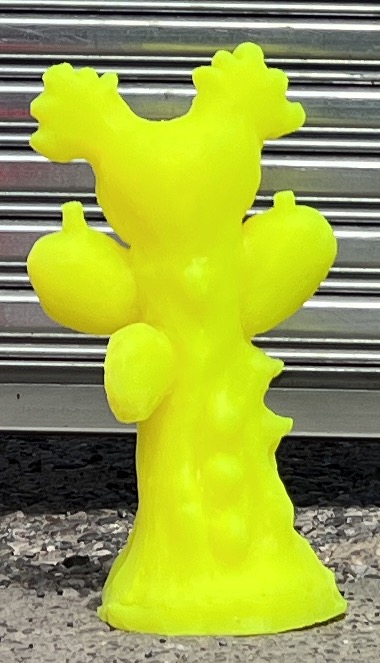 Montremate
Montremate
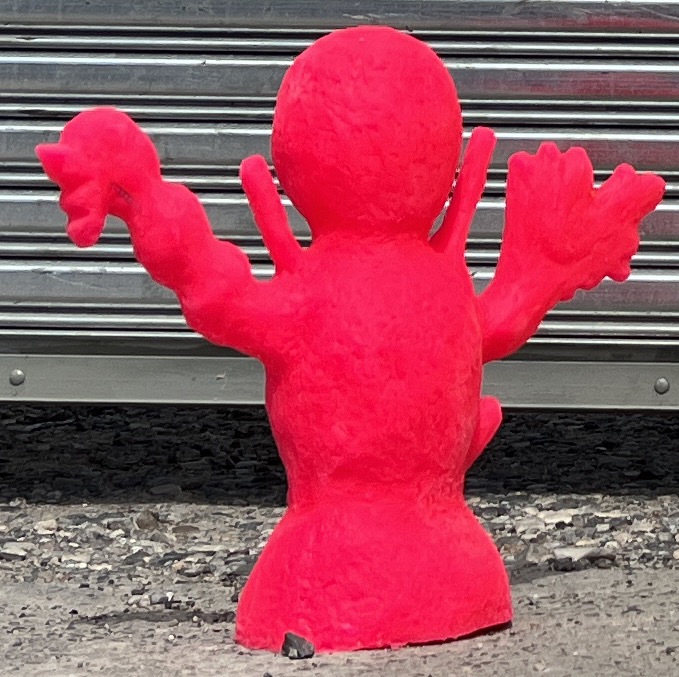 Ungulate
Ungulate
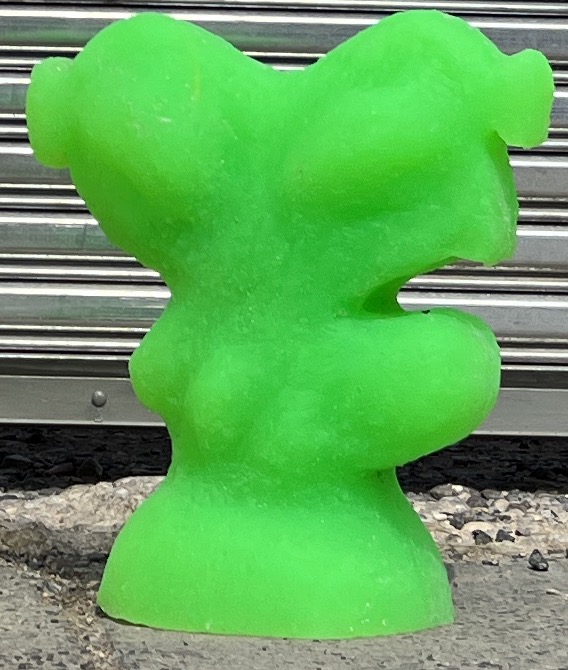 OTHER WORK IN THE MORPHOLOGY SERIES
2023
marsupial
OTHER WORK IN THE MORPHOLOGY SERIES
2023
marsupial
 2022
carnivora
2022
carnivora
 the journal of autonomous uteri: carnivora, marsupial, montreme, and ungulate
the journal of autonomous uteri: carnivora, marsupial, montreme, and ungulate
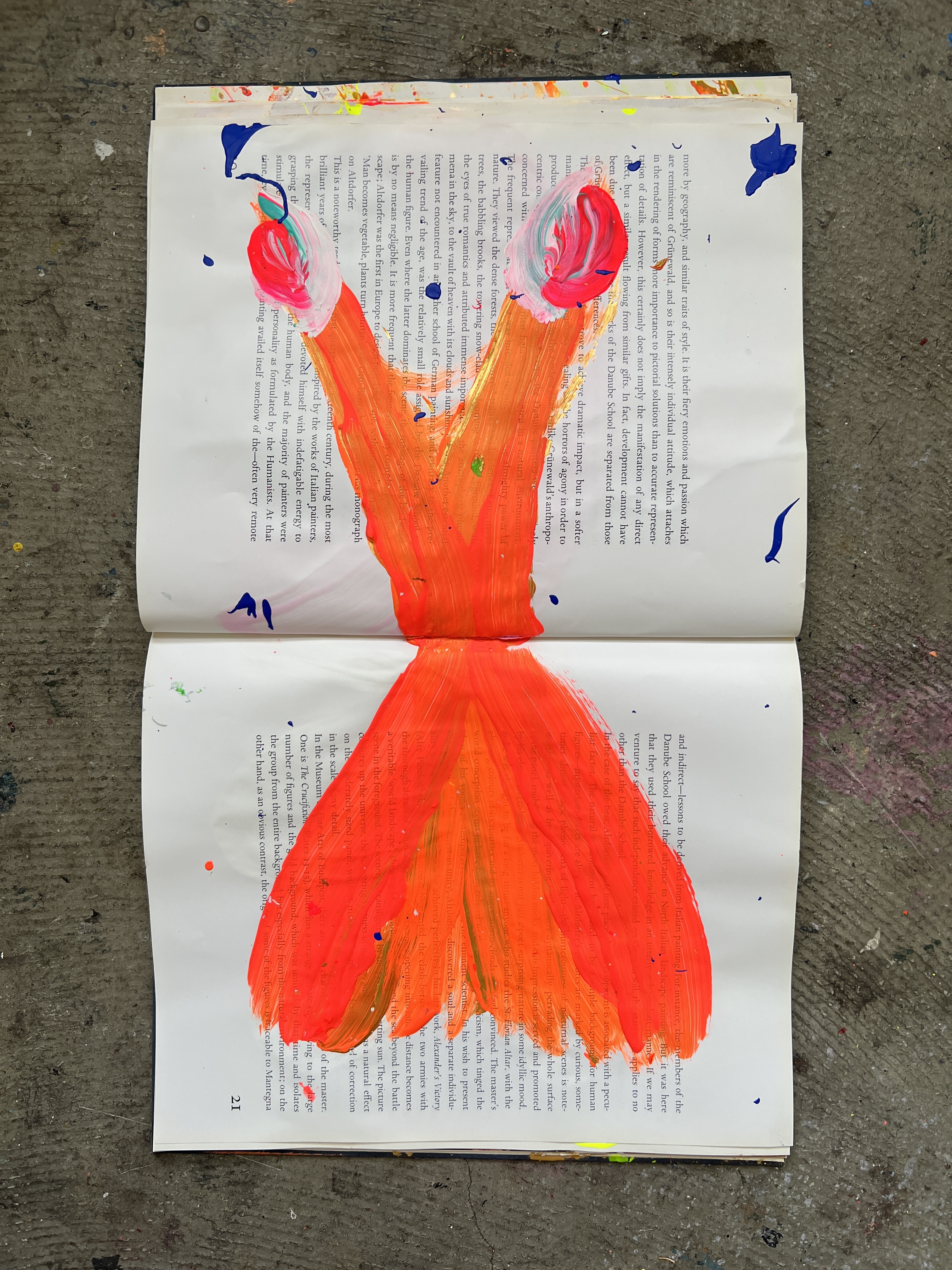
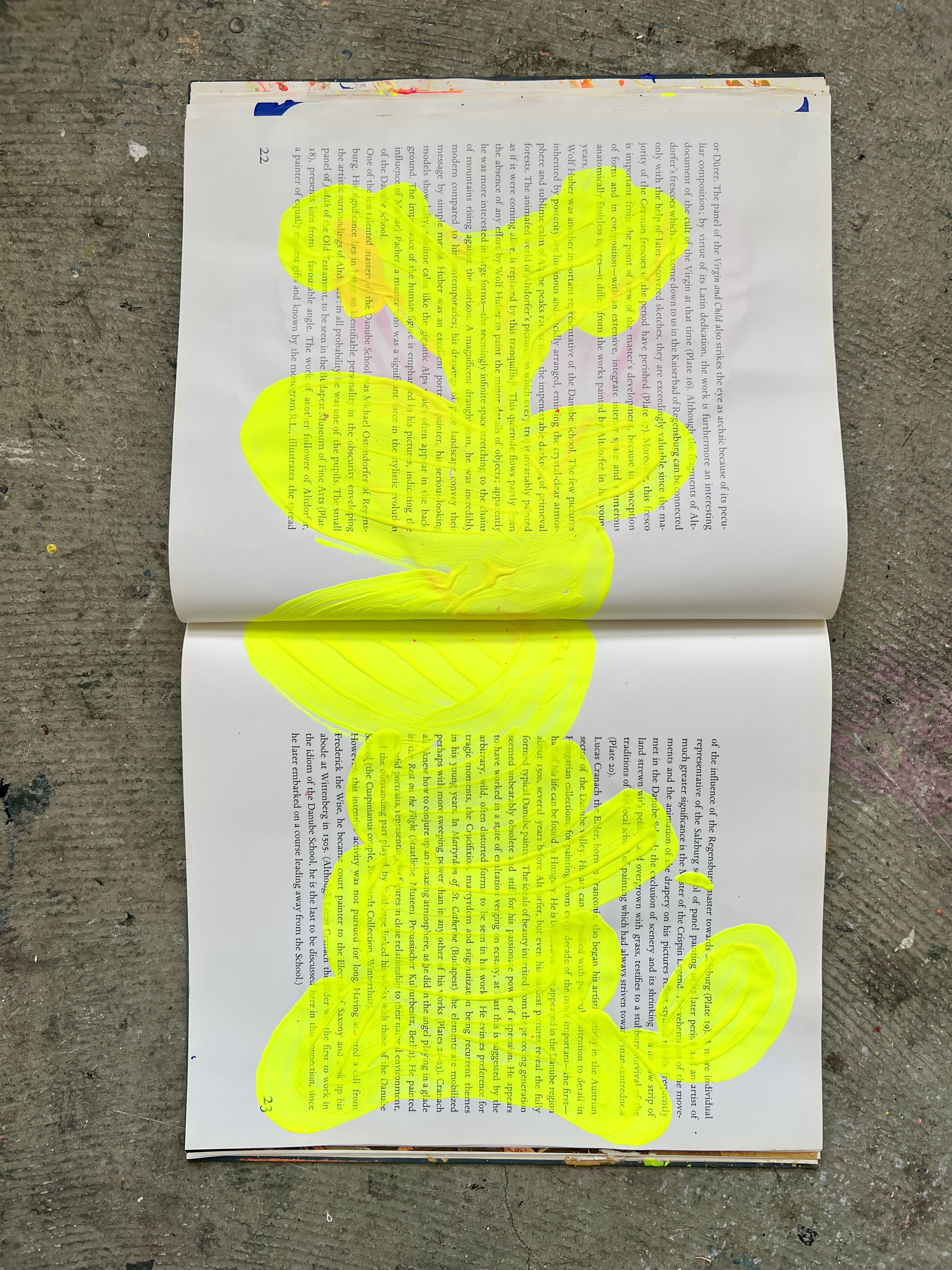

 2002
rodentia
rodentia responded to touch with light.
monotreme
2002
rodentia
rodentia responded to touch with light.
monotreme
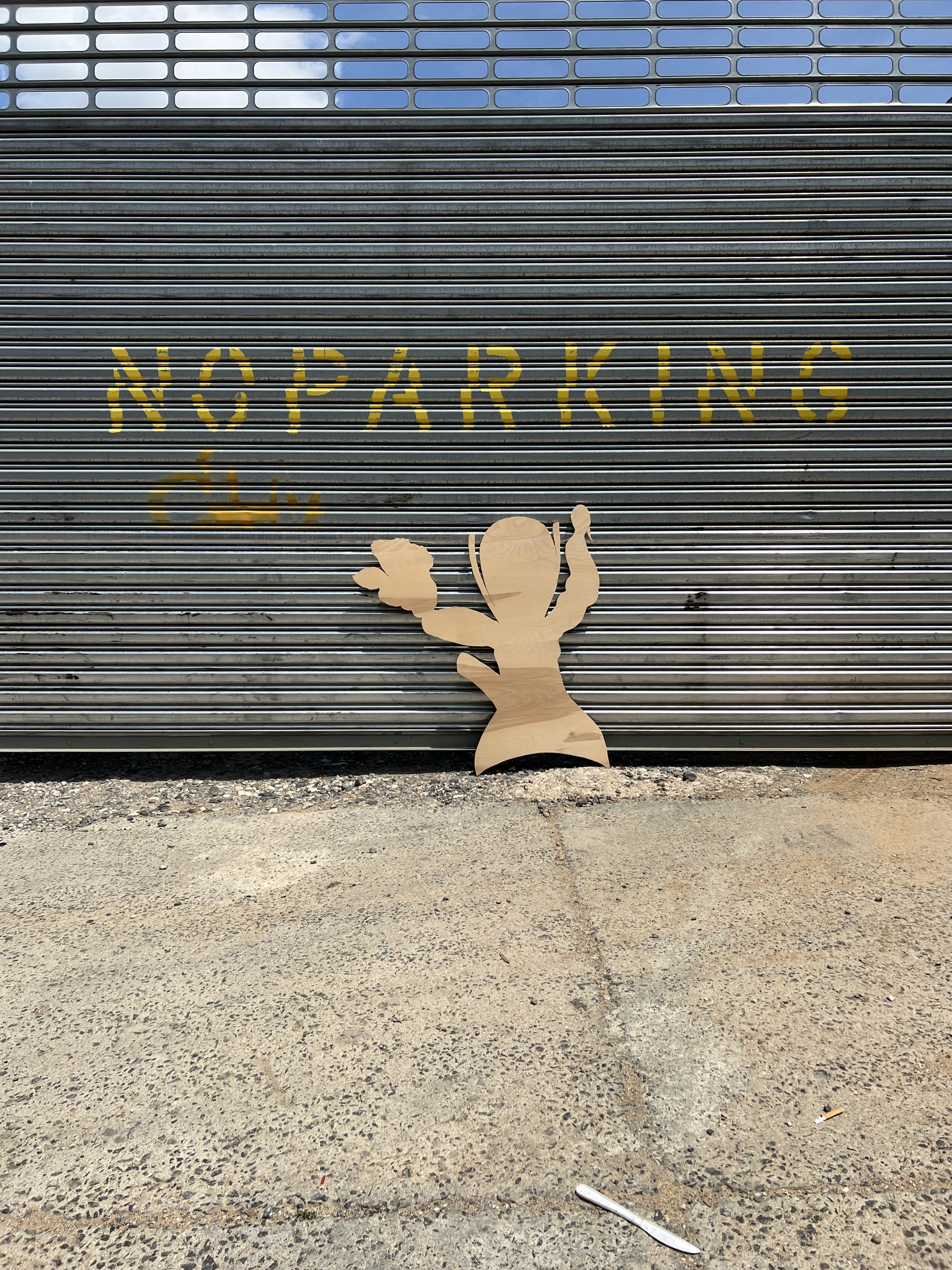 ungulate
ungulate
 carnivora
carnivora
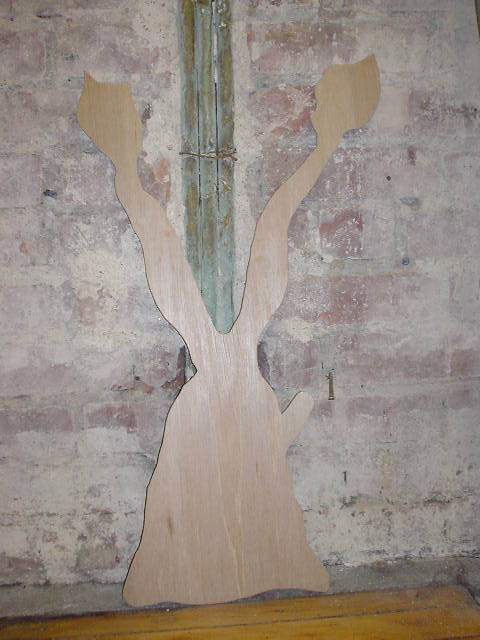
 From left to right they are:
Monotremata, Uteri Party Bots, 48 x 53 x 20 cm, custom electronics, LEDs and sensors cast in silicon rubber, 2022
Marsupia, Uteri Party Bots, 48 x 28 x 23 cm, custom electronics, LEDs and sensors cast in silicon rubber, 2022
Ungulat, Uteri Party Bots, 48 x 49 x 19 cm, custom electronics, LEDs and sensors cast in silicon rubber, 2022
The Uteri Party Bots are a posse of interactive autonomous beings built to party. The threesome is friendly, interactive, and respond to humans movements and voices. Audiences engage with robotic uteri through touch, light, sound and movement. They are made of custom electronics and LEDs built into and sensors cast in silicon rubber bodies. The sculptures were shown at Monte Vista Projects in LA in September 2022.
What if a uterus wore a skirt? And went dancing? Or was shaped like an ancient Greek vase?
In a series of works called Morphology, I utilize traditional and non-traditional artistic mediums, to create imagined, empathetic, interactive robotic uteri sculptures that present enjoyable and relatable genderless experiences in ungendered worlds. Disembodied autonomous uteri are presented in current cultural contexts such partying. The works present human constructed binaries by tying together binaries appearing in medical illustration, gender, technology, electricity, movement, and interactivity.
This project originally arose out of an interest in how the medical community visually depicts gender and sexuality, both now and throughout history. It began in 2002 when I walked into the Columbia University medical library in New York City with the question, "how does the medical community visually depict genders and sexualities?" The works observe the ways that the female reproductive system is depicted unscientifically and relegated to the realms of beauty, nature and culture rather than science.
My artworks serve to demonstrate the ways humans ascribe attributes and categorizations to non-gendered, non-human entities to bring users into a comfortable experience of genderlessness. The robotic uteri in the Morphology series are presented in a robotic form because of the human tendency to personify and place human cultural signifiers on electronic entities like robots. Humans seem to more easily understand and empathize with entities that have familiar categorizations, characteristics or interactions such as responsiveness to talking, gesture and movement. How humans personify, gender, and give life and culture to non-human, non-gendered beings is a reflection on and serves to define humanness. The pairing of gender, beingness and technology in my artwork pairs human binary constructions with the way humans personify non-human technological entities.
Humans makes sense of and gain comfort in the world by ascribing categorizations on humans such as gender binaries, and by ascribing human characteristics on robots. However, the categorizations and binaries upon which both humans and electronic entities are established have always been easily destabilized and questions around what is innate endure. I explore what defines humanness, and what defines it outside of gender as a way to imagine a genderless human experience and a genderless world. I build uteri that are conceived to explore other possibilities without the purpose or onus of reproduction. Freeing up the uterus to explore the world independent of the body opens up the imagination to what ungendered reproductive systems, and by association ungendered people, are capable of outside of reproduction.
Marsupial
From left to right they are:
Monotremata, Uteri Party Bots, 48 x 53 x 20 cm, custom electronics, LEDs and sensors cast in silicon rubber, 2022
Marsupia, Uteri Party Bots, 48 x 28 x 23 cm, custom electronics, LEDs and sensors cast in silicon rubber, 2022
Ungulat, Uteri Party Bots, 48 x 49 x 19 cm, custom electronics, LEDs and sensors cast in silicon rubber, 2022
The Uteri Party Bots are a posse of interactive autonomous beings built to party. The threesome is friendly, interactive, and respond to humans movements and voices. Audiences engage with robotic uteri through touch, light, sound and movement. They are made of custom electronics and LEDs built into and sensors cast in silicon rubber bodies. The sculptures were shown at Monte Vista Projects in LA in September 2022.
What if a uterus wore a skirt? And went dancing? Or was shaped like an ancient Greek vase?
In a series of works called Morphology, I utilize traditional and non-traditional artistic mediums, to create imagined, empathetic, interactive robotic uteri sculptures that present enjoyable and relatable genderless experiences in ungendered worlds. Disembodied autonomous uteri are presented in current cultural contexts such partying. The works present human constructed binaries by tying together binaries appearing in medical illustration, gender, technology, electricity, movement, and interactivity.
This project originally arose out of an interest in how the medical community visually depicts gender and sexuality, both now and throughout history. It began in 2002 when I walked into the Columbia University medical library in New York City with the question, "how does the medical community visually depict genders and sexualities?" The works observe the ways that the female reproductive system is depicted unscientifically and relegated to the realms of beauty, nature and culture rather than science.
My artworks serve to demonstrate the ways humans ascribe attributes and categorizations to non-gendered, non-human entities to bring users into a comfortable experience of genderlessness. The robotic uteri in the Morphology series are presented in a robotic form because of the human tendency to personify and place human cultural signifiers on electronic entities like robots. Humans seem to more easily understand and empathize with entities that have familiar categorizations, characteristics or interactions such as responsiveness to talking, gesture and movement. How humans personify, gender, and give life and culture to non-human, non-gendered beings is a reflection on and serves to define humanness. The pairing of gender, beingness and technology in my artwork pairs human binary constructions with the way humans personify non-human technological entities.
Humans makes sense of and gain comfort in the world by ascribing categorizations on humans such as gender binaries, and by ascribing human characteristics on robots. However, the categorizations and binaries upon which both humans and electronic entities are established have always been easily destabilized and questions around what is innate endure. I explore what defines humanness, and what defines it outside of gender as a way to imagine a genderless human experience and a genderless world. I build uteri that are conceived to explore other possibilities without the purpose or onus of reproduction. Freeing up the uterus to explore the world independent of the body opens up the imagination to what ungendered reproductive systems, and by association ungendered people, are capable of outside of reproduction.
Marsupial
 Ungulate
Ungulate
 OTHER WORK IN THE MORPHOLOGY SERIES
2023
marsupial
OTHER WORK IN THE MORPHOLOGY SERIES
2023
marsupial
 2022
carnivora
2022
carnivora


